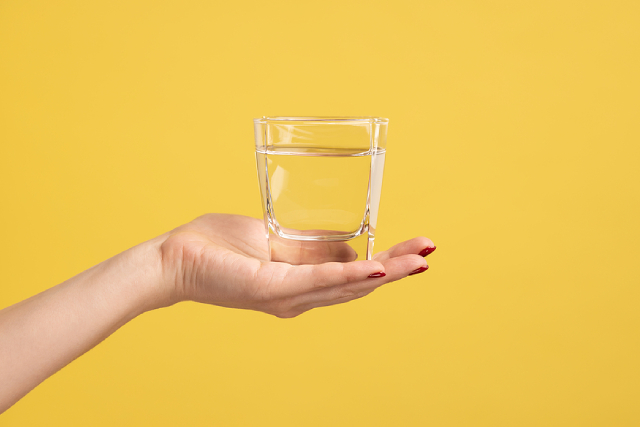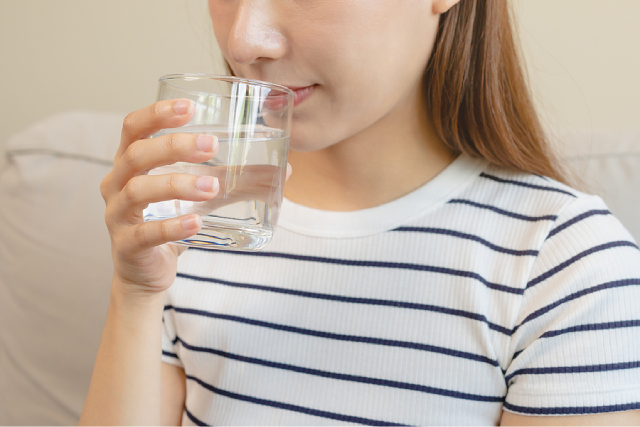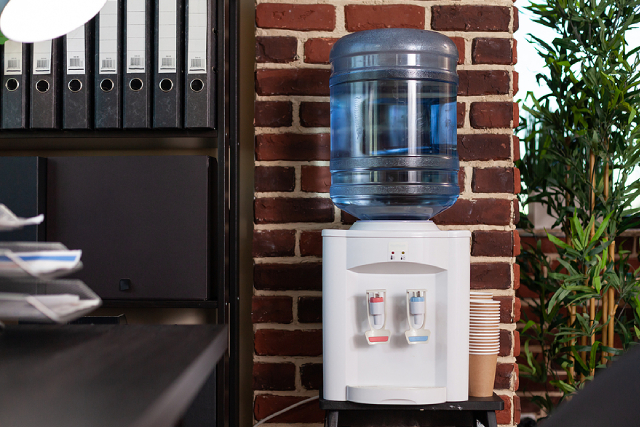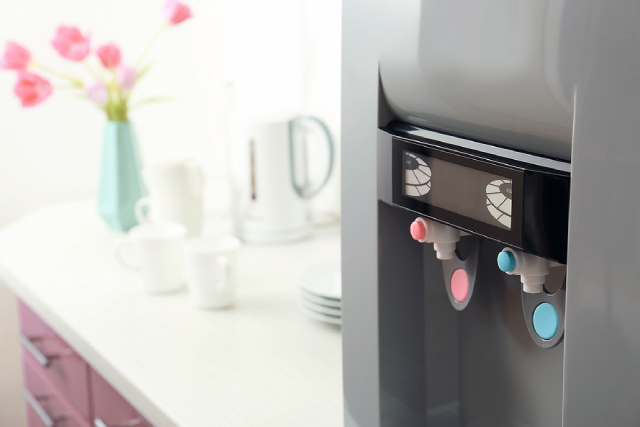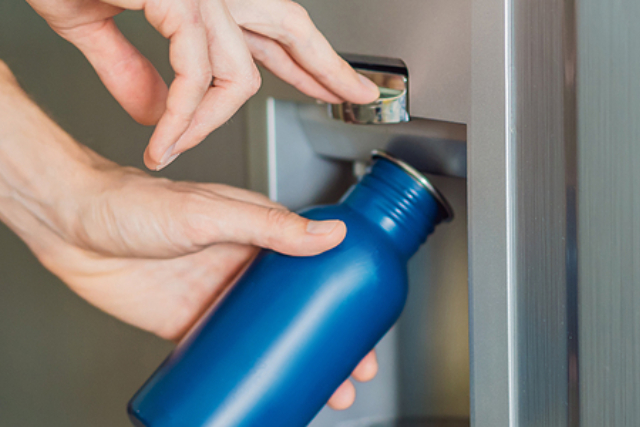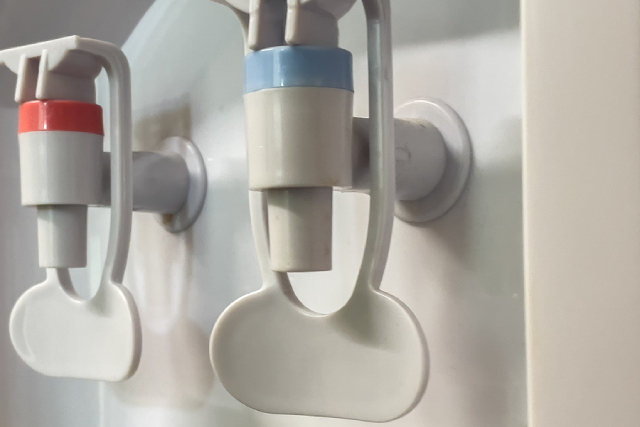
Microplastics And The Risk They Pose To Drinking Water
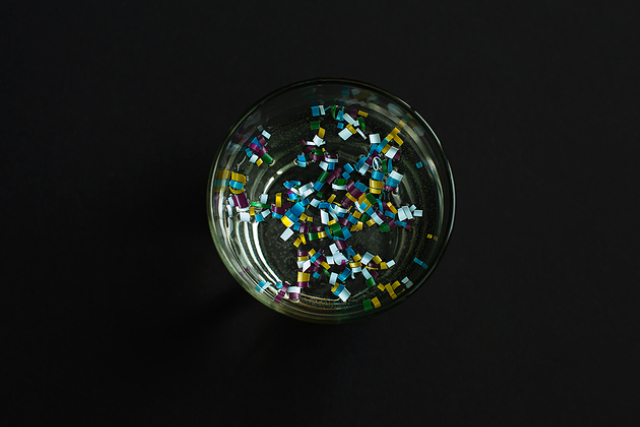
Plastic pollution has long been an issue that persists to this day despite efforts to cut down on plastic waste by many corporations and individuals worldwide. Apart from damaging the environment and harming all kinds of wildlife, plastic pollution now also threatens our health, as per the recent discoveries of microplastics in just about everywhere, from the air to the oceans and even within the human body. Below, we discuss microplastics, their health risks, and how to keep them away from your drinking water.
An Overview of Microplastics
As their name implies, microplastics are tiny plastic particles that are only classified as such if they are less than 0.2 inches or five millimeters in diameter. Microplastics are separated into two categories primary and secondary.
Primary microplastics are designed for commercial use, like cosmetics and microfibers that come from clothing and other textiles. In contrast, secondary microplastics break away from larger plastic items like water bottles due to environmental factors such as the sun’s radiation.
Regardless of their category, microplastics do not break down into smaller and harmless molecules and can take hundreds to thousands of years to decompose. Furthermore, recent studies point to the hazards of their chemical composition, especially when coming into contact with biological organisms, from poisoning to higher mortality. With the prolific use of plastics today, it is no surprise that microplastics are now found in drinking water and, ultimately, inside the human body, as per recent discoveries.
Discovery of Microplastics in Drinking Water
A recent study by OrbMedia involved a comprehensive analysis of 159 water samples from tap water and bottled water from 14 countries. The findings revealed that over 80% of the samples contained microplastics, and every liter of water contained an average of 4.34 plastic particles. In addition, the results showed that microplastics were present regardless of whether the country was a developed nation with a complex infrastructure or not.
Staying Safe From Microplastics
With microplastics being non-biodegradable, virtually indestructible, and minuscule in size, studies have confirmed that they can easily enter the organs, circulate through the organs, and even spread through bodily fluids like breast milk.
With this invisible threat and contaminant not just limited to the environment but now to drinking water, how can one stay safe from it? The answer lies in a water purifier/dispenser for your home. Unlike bottled water dispensers which use plastic bottles as the main water source, modern water dispensers use the household’s existing water supply that goes through a comprehensive purification process to remove all kinds of contaminants harmful to human health, from plastic toxins like microplastics to biological and non-biological hazards such as viruses, bacteria, lead, chlorine, total dissolved solids, and more. Since microplastics are generally five millimeters long or smaller, filters with micron-scale pore sizes are more than enough to remove microplastics completely from drinking water. Check out our article on the types of home water dispensers for more information!
Conclusion
With the recent discoveries of microplastics in the human body, many are now becoming wary of the health risks they pose and how to keep them away from the food and drink we consume daily. While there are many things one can do to keep microplastics at bay, it will ultimately take a collective effort by human society to address the root source of the microplastic problem.
If you are looking for a countertop water dispenser for your home, check out PureDew’s extensive range of water appliances today!

